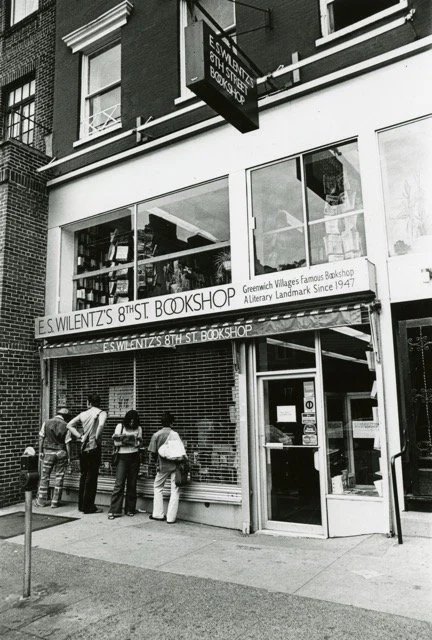Gotham: A Blog for Scholars of New York City History
View our complete bibliography (800+ articles) here
Categories
- American Revolution
- Animals
- Antebellum & Civil War
- Arts & Culture
- British Era
- Bronx
- Brooklyn
- Built Environment
- Business & Labor
- Contemporary Era
- Crime & Policing
- Early Republic
- Education
- Excerpts
- Food & Drink
- Gender & Sexuality
- Gilded Age
- Great Depression & New Deal
- Housing & Realty
- Immigration
- Interviews
- Lenape
- Manhattan
- Media
- Medicine & Public Health
- Metropolitan Region
- Museums
- Native Americans
- Nature & Environment
- New Amsterdam
- Parks
- Podcasts
- Politics
- Postwar New York
- Poverty & Inequality
- Progressive Era
- Queens
- Race & Ethnicity
- Religion
- Reviews
- Science
- Slavery & Antislavery
- Staten Island
- Transportation
- Urban Decline & Fiscal Crisis
- Urban Planning
- Waterfront & Islands
- Women
Gotham is a blog for independent and professional scholars of New York City history
We invite submissions and feedback
Meet our editorial team | See our past contributors
Distribution Partners













Christopher Bell: Walking East Harlem
Interviewed by Rob Snyder
Davida Siwisa James explores two parts of Harlem in her book Hamilton Heights and Sugar Hill: Alexander Hamilton’s Old Harlem Neighborhood Through the Centuries, published by the Empire State Editions imprint of Fordham University Press. Exploring four centuries of life in a part of upper Manhattan that stretches from 135th Street to 165th Street and from Edgecombe Avenue to the Hudson River, James looks at the encounters between the Lenape and Dutch settlers, the rural village that was Harlem, and the Harlem Renaissance luminaries who lived in Hamilton Heights and Sugar Hill.